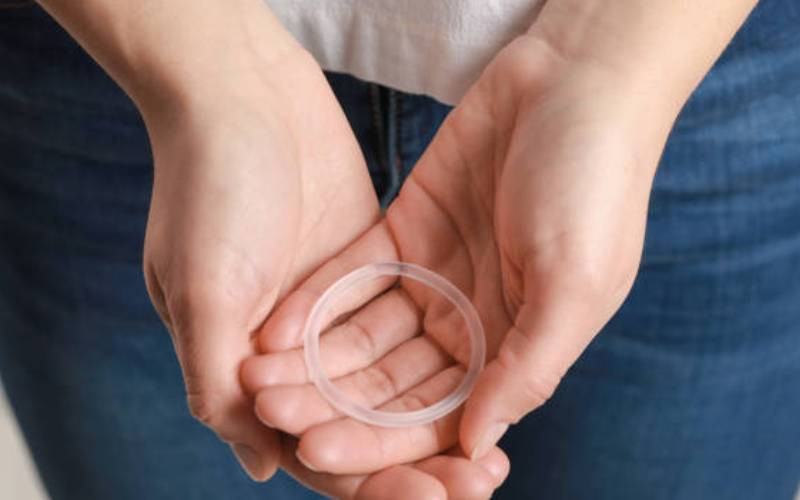
When we think of intimate matters and the sheath, male condoms often steal the show, despite the other option – the female condom or internal condom, being available.
While they aren’t as widely used, they offer effective protection against both sexually transmitted infections (STIs), including HIV and unplanned pregnancies.
So, what makes female condoms different? Unlike male condoms, which are worn on the outside, female condoms are inserted in the vagina or anus before sex. Just like male condoms, they form a barrier between sperm and the body, significantly reducing the risk of both pregnancy and STIs.
Despite their benefits, female condoms account for less than 1 per cent of global condom use compared to male condoms. In Kenya, female condoms were introduced 28 years ago, but their uptake remains low.
According to the Ministry of Health, only 5,800 female condoms were dispensed in 2020 across all public health facilities, compared to the millions of male condoms distributed.
Here are a few things to know about female condoms:
- HIV and STI protection: Like male condoms, female condoms offer strong protection against HIV and other STIs. According to the Centers for Disease Control and Prevention (CDC), female condoms reduce the risk of HIV transmission by 94-97 per cent, similar to male condoms.
- Pregnancy prevention: The World Health Organization (WHO) reports female condoms are 95 per cent effective at preventing pregnancy when used correctly, offering strong protection like male condoms, which are 98 per cent effective.
- Allergy-friendly: Unlike latex male condoms, female condoms are made from a soft plastic material called nitrile, making them suitable for people with latex allergies.
- Broader coverage: Female condoms cover more area, protecting not just the internal and external genitalia, offering extra protection from STIs through skin-to-skin contact in comparison to male condoms, which only cover the penis.
- Control for women: Female condoms allow women to take control of their sexual health. They can be inserted up to eight hours before sex, offering more flexibility than male condoms, which must be put on immediately before.
Caution! Don’t use a female condom with a male condom. Friction between the two could cause them to break and expose you to potential danger.
 The Standard Group Plc is a
multi-media organization with investments in media platforms spanning newspaper
print operations, television, radio broadcasting, digital and online services. The
Standard Group is recognized as a leading multi-media house in Kenya with a key
influence in matters of national and international interest.
The Standard Group Plc is a
multi-media organization with investments in media platforms spanning newspaper
print operations, television, radio broadcasting, digital and online services. The
Standard Group is recognized as a leading multi-media house in Kenya with a key
influence in matters of national and international interest.
 The Standard Group Plc is a
multi-media organization with investments in media platforms spanning newspaper
print operations, television, radio broadcasting, digital and online services. The
Standard Group is recognized as a leading multi-media house in Kenya with a key
influence in matters of national and international interest.
The Standard Group Plc is a
multi-media organization with investments in media platforms spanning newspaper
print operations, television, radio broadcasting, digital and online services. The
Standard Group is recognized as a leading multi-media house in Kenya with a key
influence in matters of national and international interest.









